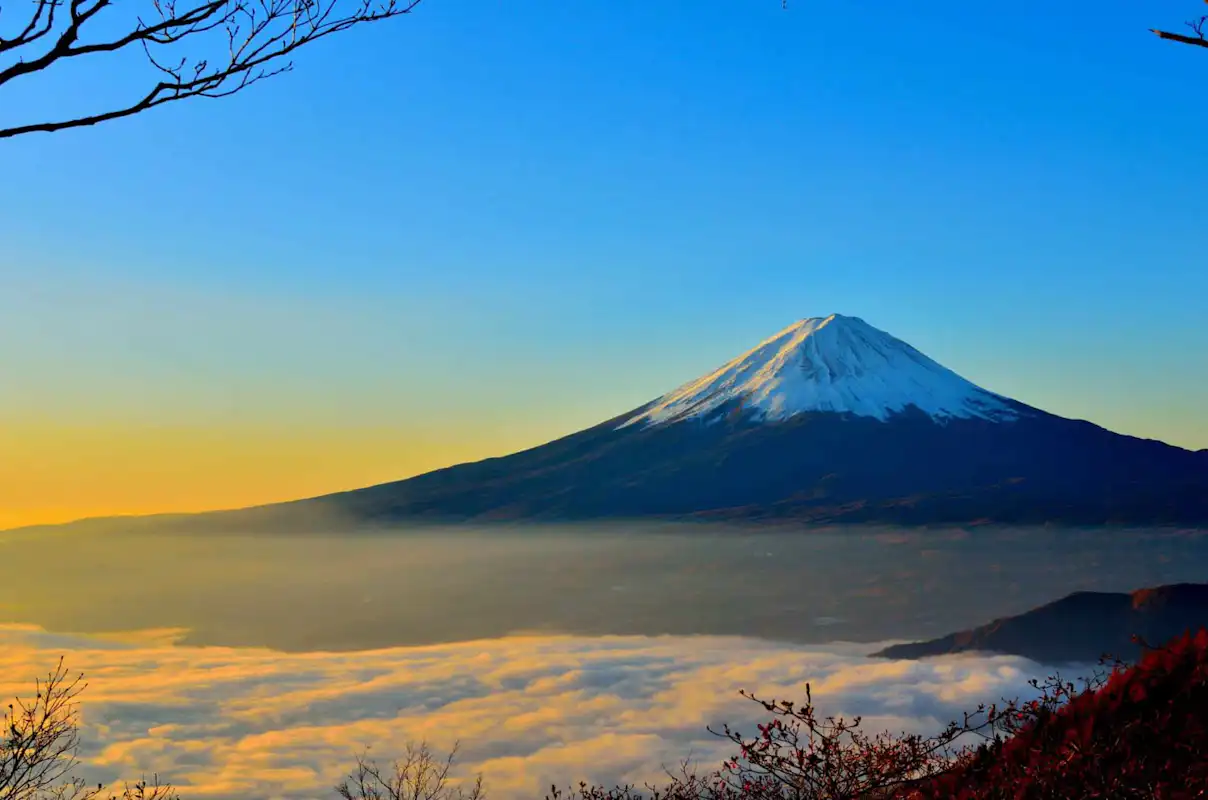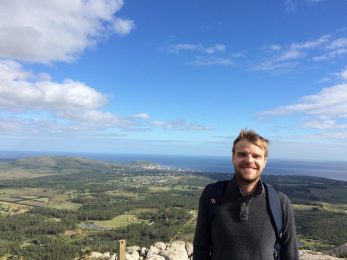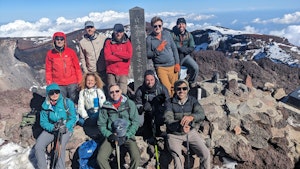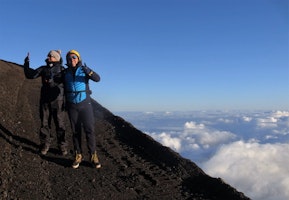Hosting nearly 30 million tourists each year, Japan is quickly becoming one of the most visited countries on earth. With its unique and traditional cultural heritage, modern and clean super cities and incredible natural beauty, it’s not hard to imagine why.
The island archipelago sits at the northwestern edge of the Pacific Rim of Fire and as a result, is full of mountains and volcanoes. In fact, 70 percent of the country is covered in them, which means incredible hiking opportunities abound.
From easy-going day trips outside some of the country's largest metropolitan areas to multi-day treks through its most remote national parks, Japan has a little bit of everything to suit the tastes of every type of hiking enthusiast.
Japan also has a pretty diverse array of geographical features, which means there is plenty to see on East Asia’s largest island nation. Enjoy incredible views out over the Pacific Ocean from the rugged Sanriku coastline or marvel at the perfect symmetry of the iconic Mount Fuji. No two hiking expeditions are quite alike.
Since you could spend pretty close to a lifetime exploring and hiking in the country and still find something new and unique each time, we’ve taken the liberty of listing a few of Japan’s top hiking spots. This should help you narrow down your priorities for your next hiking trip to this beautiful country.
1. Mount Fuji
Surrounded by gorgeous scenery and rising to 3.776 meters above sea level, Mt Fuji is the tallest and most iconic mountain in Japan.
It also has spiritual importance to two of the country’s major religions, Buddhism and Shintoism, and is a UNESCO World Heritage site. Combine all of these factors and you get one of the most visited peaks in the country, if not the world, with 200,000 people heading to the summit each year.
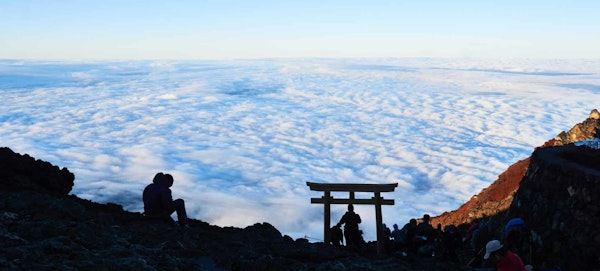
For any fit hiker headed to Japan, the peak should certainly be on your bucket list. None of the climbing is too technical, with only a bit of snow and ice to traverse toward the summit of the mountain. Ice axes, crampons, and basic instruction can all be provided during the trip.
There are two common routes up to the summit of the mountain and two other less popular ones. The Yoshida Trail, however, is perhaps the best for those seeking to summit the peak and experience Goraiko, or the iconic sunrise that has been immortalized on the Japanese flag.
In order to catch Goraiko, you will approach one of the mountain huts (be sure to make a reservation prior to your trip as they get crowded) on the first day and spend the night there. Getting an alpine start on the second day, you will climb for a few hours before passing under the torii gate and experiencing the sublime sunrise.
In brief
Level of difficulty: Intermediate
Best time to go there: April to October
How to get there (from Tokyo): Mt Fuji is only two hours away from Tokyo by car on the E1. It can also easily be reached by train in 2.5 hours, taking the JR Tokaido to Kozu then switching to the JR Gotemba and heading to Gotemba Station.
Don’t wait! Book your next hiking adventure to the summit of Mt Fuji now!
2. Yakushima Island
Situated at the very southern tip of the main Japanese archipelago sits Yakushima Island. Renowned for its incredibly green and ancient cedar forests along with the blankets of thick fog that usually envelope it, the island is an incredible place to head out for a hike.
Keep reading: Yakushima, the last wild hiking paradise in Japan
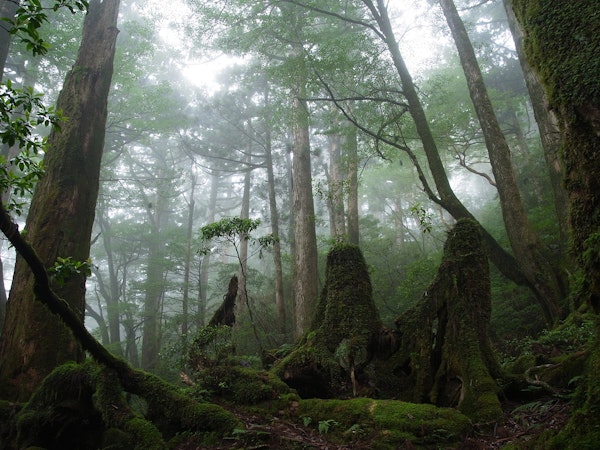
Most guides offer hiking trips through the Shiratani Unsuikyo forest, which is home to some of the oldest cedar trees on earth as well as some native wildlife, including the red-bottomed macaque and silka deer. It is easy to spend an entire day or two roaming through the mossy forest, marveling at its unique biodiversity and impressive ancient trees.
If you’re all about altitude, then Yakushima won’t disappoint you either. Hiking to the summit of Mount Miyanoura (1.936 meters) is a great way to get up above the forest canopy and get some incredible views over the green island. The trip to the summit is perfect for intermediate hikers, as it is an eight to 10-hour hike, and takes you through some of the island's ancient cedar forests en route.
Kuromidake (1.831 meters) and Tachudake (1.497 meters) are two other popular peaks for perspective hikers and can be combined with lovely walks by the beach as well as through the forest. Overall, there is no limit to what you can see and do in one of Japan’s oldest UNESCO World Heritage sites.
In brief
Level of difficulty: Easy to Sustained
Best time to go there: March to November, although some guides offer trips year-round.
How to get there (from Tokyo): To get to the Yakushima Islands, you will need to take a 1.5 hour flight from one of the airports in Tokyo to Kagoshima (KOJ) and then take a local flight (30 minutes) or ferry (1.5 hours to four hours, depending on whether or not it’s high-speed).
So what are you waiting for? Scratch the itch of the hiking bug and come explore Yakushima Island on your next holiday!
3. Shiretoko National Park
Located on the northern tip of the island of Hokkaido, Shiretoko is one of Japan’s wildest and most pristine national parks. Located on a peninsula jutting out of the rest of the island, no roads lead more than three-quarters of the way up it.
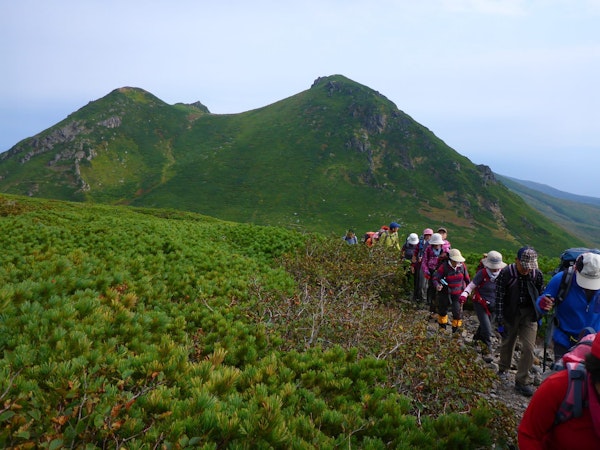
This means that there is plenty of unspoiled nature to see on foot. Among the most popular hikes in the UNESCO World Heritage site is summiting Mount Rausu (1.660 meters), which is the highest point on the peninsula. The hike up to the top is pretty easy, overall, and yields excellent views out over the surrounding terrain and the sea as well.
However, Mount Rausu is far from the only attraction. More intrepid explorers can head off into the national park and spend three days to an entire week trekking to Cape Shiretoko at the very end of the range.
As you head through the pristine wilderness, you will get the chance to hike over various mountains, enjoying great views over the green island and its unique geological formations. Not only are the views fantastic throughout, but biodiversity is an additional highlight that should attract nature lovers and curious minds alike.
When coming to this area, which has remained largely undisturbed by human activity, you get the chance to see brown bears, deer, foxes, orcas, sperm whales, eagles, and fish owls. So don’t forget to bring your camera and a pair of extra batteries!
In brief
Level of difficulty: Easy to Sustained
Best time to go there: June to August
How to get there (from Tokyo): Any trip to Shiretoko National Park will begin with a flight into Memanbetsu Airport (MMB) in Memanbetsuchuo, which can easily be reached from Tokyo. From here, you can rent a car or take a train or bus to the national park.
Don’t hesitate! Book your next trip to explore one of Japan’s most remote parts today!
4. The Japanese Alps
Stretching across Japan’s main island of Honshu, the Japanese Alps are home to 3.000-meter high peaks, active volcanoes, and incredible glaciers.
The mountain range boasts some of the country’s most stunning scenery. While summer is the peak time for hiking up many the green and blue-hued mountains, experiencing impressive views out over valleys, snow-capped peaks and even the sea, coming in the autumn is even more special.
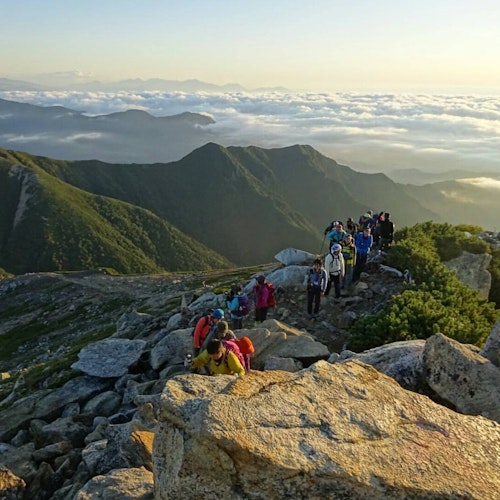
Situated in the Nagano prefecture, the Kamikochi valley is home to many different types of deciduous trees. Around a certain week in October, the colors of the leaves begin to change, revealing a dazzling array crimson reds, burnt oranges, and yellow-greens.
Rivaling the fabled foliage of even New England, there is no better way to experience this phenomenon than a three-day trek from Kamikochi to Karasawa Cirque, which takes you through these forests and up into the surrounding mountains to get a bird's eye view over the kaleidoscope of color below.
Another fan favorite in the Japanese Alps –and there are many– is the Omote Ginza traverse. This three-day trek through the northern section of the Japanese Alps passes by hot springs and takes you up to three incredible mountains, including Mount Jonen (2.857 meters), which is one of the 100 most famous peaks in the country. You will also get the chance to stay in Japanese mountain huts, which are quite different from their alpine counterparts.
However, these are only two of the nearly infinite hiking spots in the Japanese Alps. From Mount Kushigata in the Southern Alps to Mount Shiromi, in the northern portion of the mountain chain, there is plenty to see and experience!
In brief
Level of difficulty: Easy to Sustained
Best time to go there: June to October
How to get there (from Tokyo): The Japanese Alps run throughout the island of Honshu and various points are easily reached from Tokyo by rental car, bus or train.
So don’t wait any longer! Book your next hiking adventure in the Japanese Alps today!
5. Daisetsuzan National Park
Located in the center of the northern island of Hokkaido, Daisetsuzan is the largest national park in all of Japan and chock-full of excellent hiking opportunities.
The park is dominated by three sets of volcanic groups – the Daisetsuzan, Tokachi, and Shikaribetsu – which are the main attraction for thousands of visitors who come to the park each year. Multi-day treks are often the best way to avoid these crowds and become more intimately acquainted with the rugged landscape of the park.
Keep reading: What You Need to Know about Hiking in Daisetsuzan
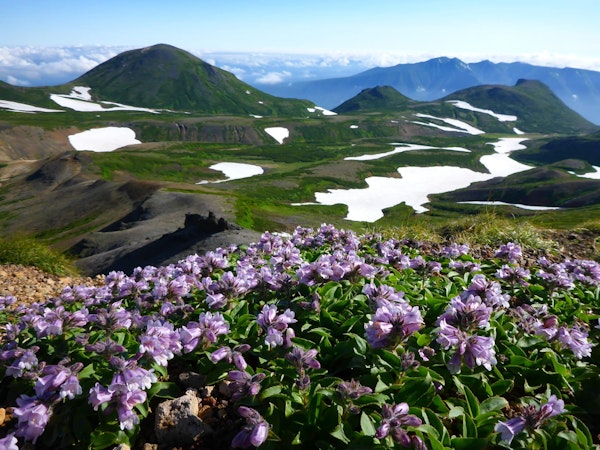
Many of the most popular treks begin with an ascent of Mount Asahi (2.291 meters), which is an active volcano and continues to emit steam to this day in the form of fumaroles. From here, there are several variations of the trek, with the most popular one heading southwest and passing over the summits of Mount Chubetsu (1.963 meters), Mount Tomuraushi (2.141 meters), Mount Oputateshike (2.012 meters), Mount Tokachi (2.077 meters) and Mount Furano (1.921 meters).
Each of these peaks provides different views over the truly unique Japanese landscape and give you a different perspective on the country. The park has been largely undisturbed throughout its existence and as a result is a haven to various types of plants and wildlife including brightly colored flowers and vegetation as well as deer, brown bears, birds, and foxes.
Day trips to the park are also possible that will take you up some of the aforementioned mountains as well as through alpine meadows, past pristine lakes and to the very edge of volcanic craters.
In brief
Level of difficulty: Easy to Sustained
Best time to go there: June to September
How to get there (from Tokyo): The best way to get here is to fly to the airport outside of Asahikawa (AKJ). From here the national park is only two hours by bus and even less by rental car.
So get ready for your next incredible hiking adventure and book a trip to Daisetsuzan National Park today!
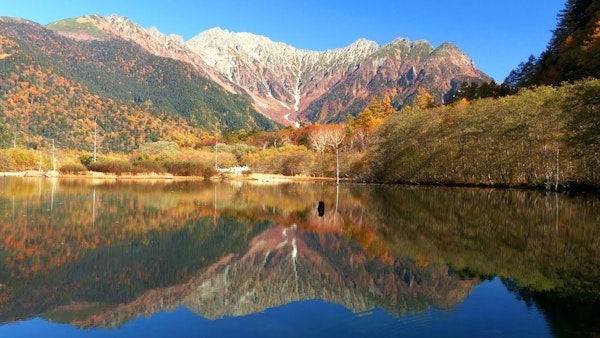
Regardless of where you head in Japan, there are incredible hiking opportunities all around. Take a week or more to come to this incredible place and experience some of East Asia’s best hiking for yourself!
